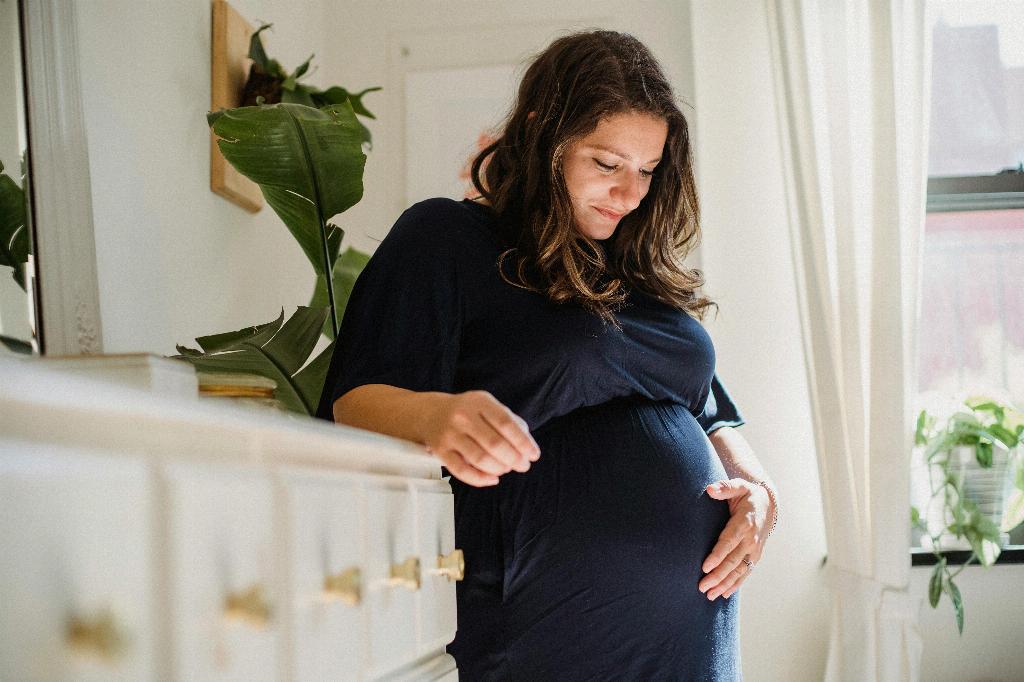When pregnancy occurs, a remarkable series of changes takes place inside the uterus to support the growing fetus. One of the initial changes involves the thickening of the uterine lining, which becomes essential for implantation and nourishment of the developing embryo. As gestation progresses, the blood vessels within the uterus expand to enhance the delivery of nutrients and oxygen to the fetus.
The uterus, a pear-shaped organ normally about the size of a fist, undergoes significant enlargement during pregnancy. This growth is necessary to accommodate the expanding fetus and support its development. By the time a woman reaches full term, her uterus will have enlarged to many times its pre-pregnancy size, showcasing the remarkable adaptability of the female body.
As the uterus expands, it exerts pressure on surrounding organs and structures, which can contribute to common discomforts experienced during pregnancy such as back pain and frequent urination. This growth is a natural and vital part of the pregnancy journey, demonstrating the body’s incredible ability to adjust and support the life growing within.
Within the uterus, the amniotic sac forms to provide a protective environment for the fetus. This sac contains the amniotic fluid, a clear liquid that cushions the fetus, regulates its temperature, and allows for unrestricted movement. The amniotic sac is a crucial component of the uterine environment during pregnancy, ensuring the safety and well-being of the developing baby.
One of the most significant transformations within the uterus is the development of the placenta. This organ serves as a communication hub between the mother and fetus, facilitating the exchange of nutrients, oxygen, and waste products. The placenta plays a vital role in sustaining the pregnancy and supporting the growth and development of the fetus.
As pregnancy progresses, the uterus undergoes rhythmic contractions known as Braxton Hicks contractions. Although these contractions are typically harmless and prepare the uterus for labor, they can sometimes be mistaken for true labor contractions. Understanding the difference between Braxton Hicks contractions and true labor contractions is essential for expectant mothers.
During the final stages of pregnancy, the uterus prepares for labor by thinning and dilating the cervix, the lower part of the uterus that connects to the vagina. These changes, along with the positioning of the baby, are crucial for the onset of labor and the delivery process. The uterus’s ability to undergo these complex transformations highlights its incredible strength and resilience.
As labor commences, the uterus contracts in a coordinated manner to push the baby through the birth canal. These powerful contractions, coupled with the woman’s efforts, lead to the eventual birth of the baby. The uterus’s role in labor and delivery exemplifies its remarkable ability to adapt and perform the critical task of bringing new life into the world.
After childbirth, the uterus continues to undergo significant changes as it contracts to reduce in size. This process, known as uterine involution, is essential for the uterus to return to its pre-pregnancy state. The contraction of the uterus helps expel any remaining tissue and supports the healing process following delivery.
In conclusion, the changes that occur inside the uterus during pregnancy are awe-inspiring and demonstrate the incredible capabilities of the female body. From the initial thickening of the uterine lining to the miraculous process of labor and delivery, the uterus plays a central role in supporting and nurturing the developing fetus. Understanding these changes can provide expectant mothers with insight into the remarkable journey of pregnancy and the beauty of the human body’s ability to create new life.

